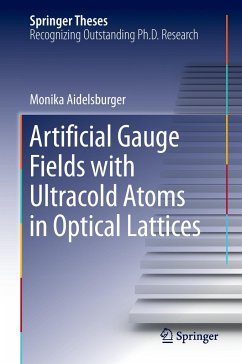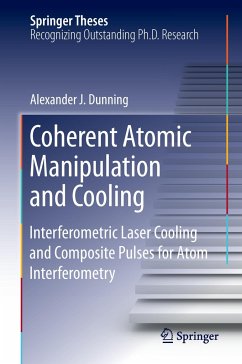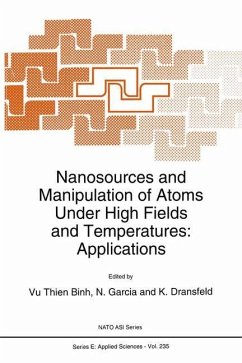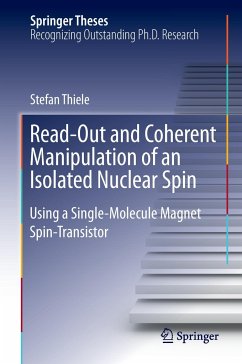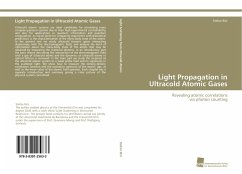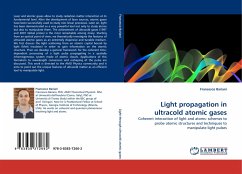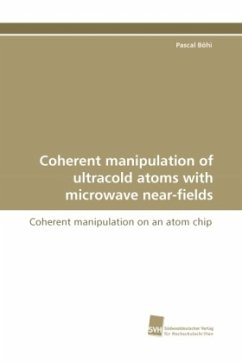
Coherent manipulation of ultracold atoms with microwave near-fields
Coherent manipulation on an atom chip
Versandkostenfrei!
Versandfertig in 6-10 Tagen
59,99 €
inkl. MwSt.

PAYBACK Punkte
30 °P sammeln!
The spectacular progress in the field of ultracold quantum gases is intimately connected with the availability of sophisticated techniques for quantum-level control of internal states, motional states and collisional interactions. Atom chips provide such control in compact, robust, and scalable setups, which makes them attractive for both applications and fundamental studies. Here I report on experiments that use microwave near-fields, provided by a waveguide structure that is fully integrated on an atom chip. We show for the first time combined coherent manipulation of internal and motional s...
The spectacular progress in the field of ultracold quantum gases is intimately connected with the availability of sophisticated techniques for quantum-level control of internal states, motional states and collisional interactions. Atom chips provide such control in compact, robust, and scalable setups, which makes them attractive for both applications and fundamental studies. Here I report on experiments that use microwave near-fields, provided by a waveguide structure that is fully integrated on an atom chip. We show for the first time combined coherent manipulation of internal and motional states, realizing a trapped-atom interferometer with internal state labeling of the interferometer paths. Moreover, we use microwave near-field potentials for the preparation of spin-squeezed states for quantum-enhanced metrology. Furthermore, we developed a novel technique that uses clouds of ultracold atoms as sensitive, tunable and non-invasive probes for microwave field imaging with micrometer spatial resolution. Quantitative data extraction is relatively simple and it is possible to reconstruct the amplitudes and phases of the different microwave magnetic field components.



